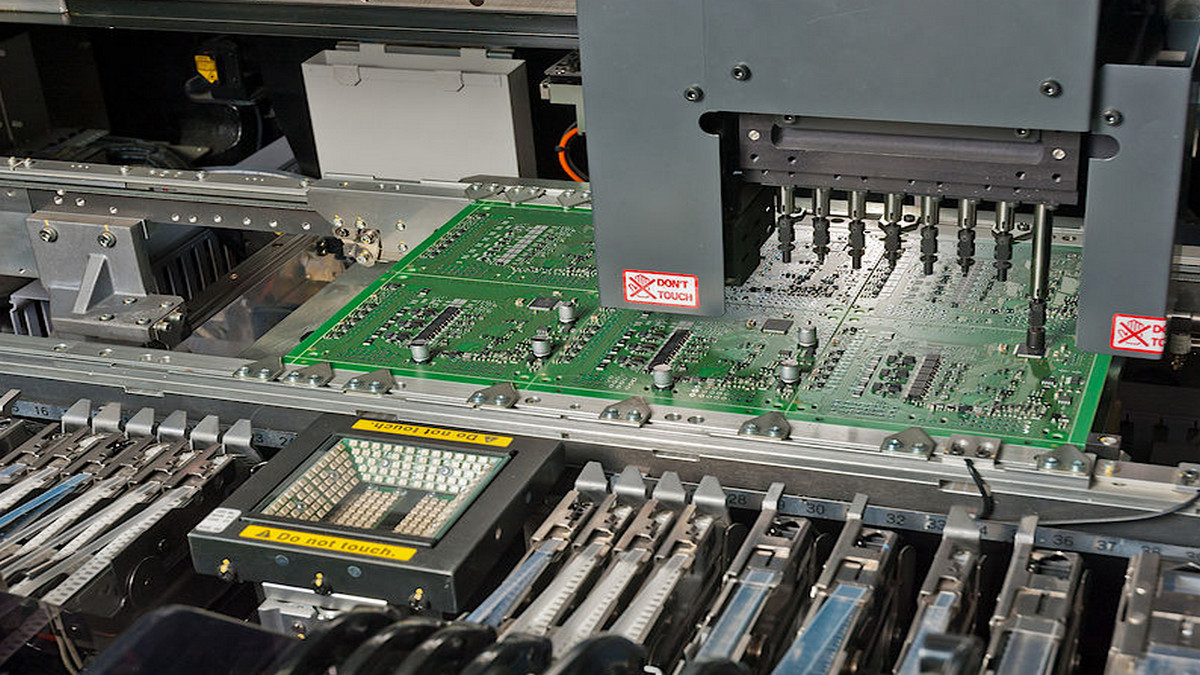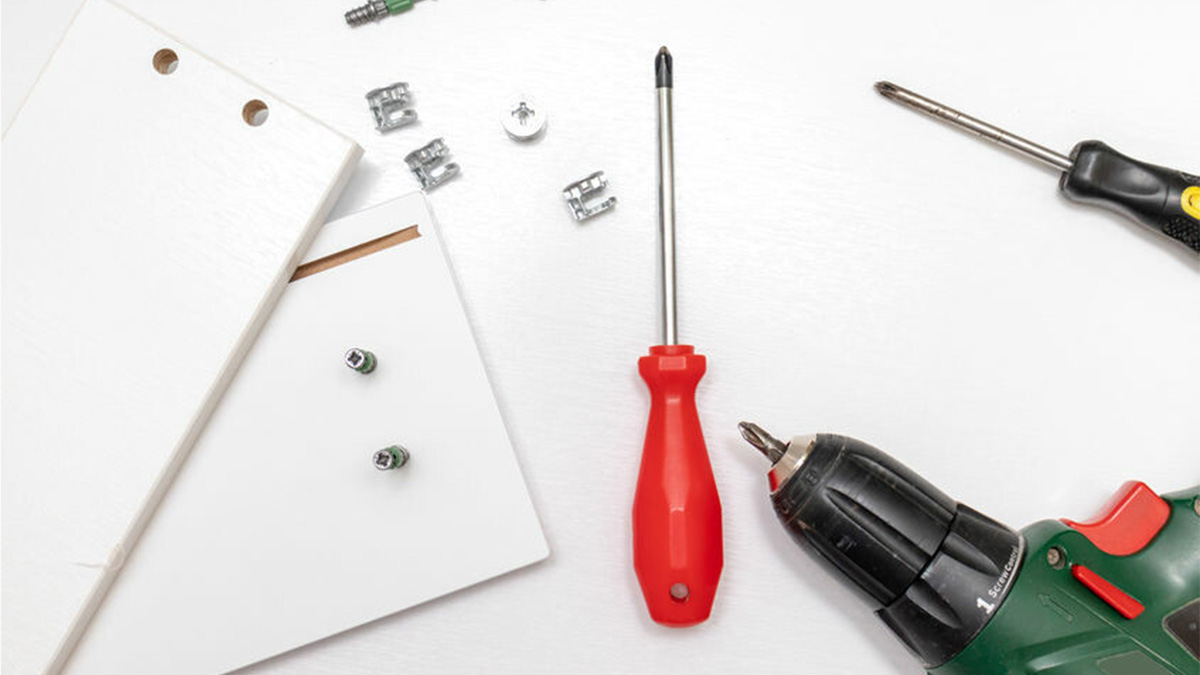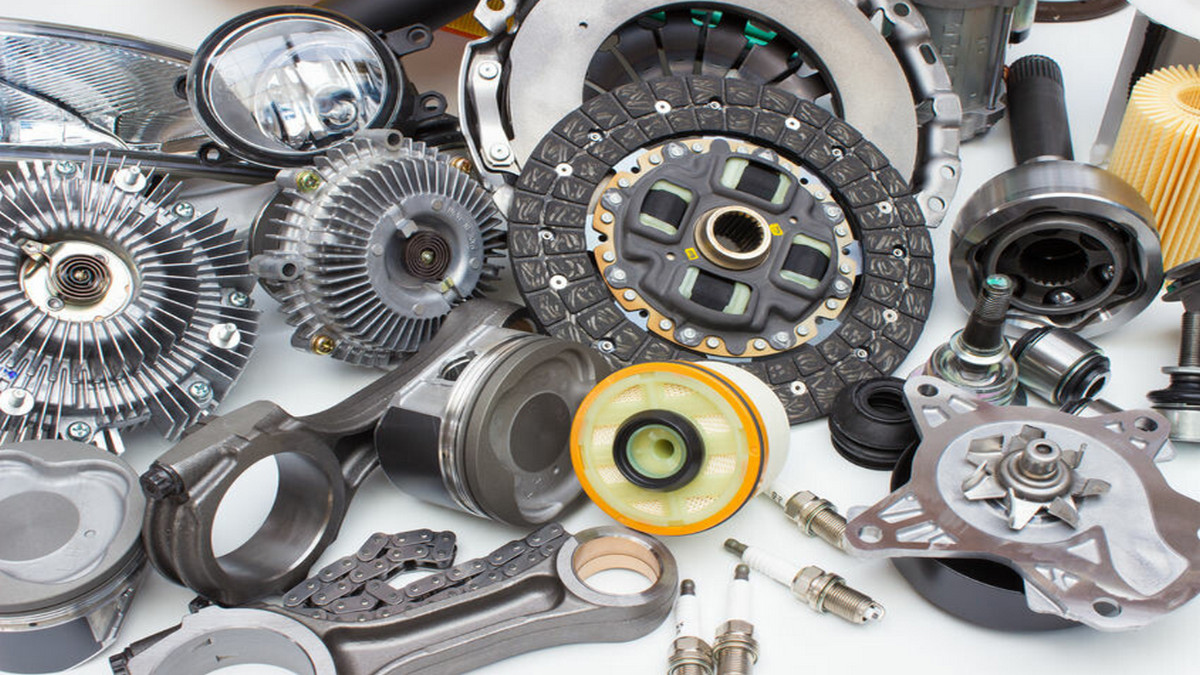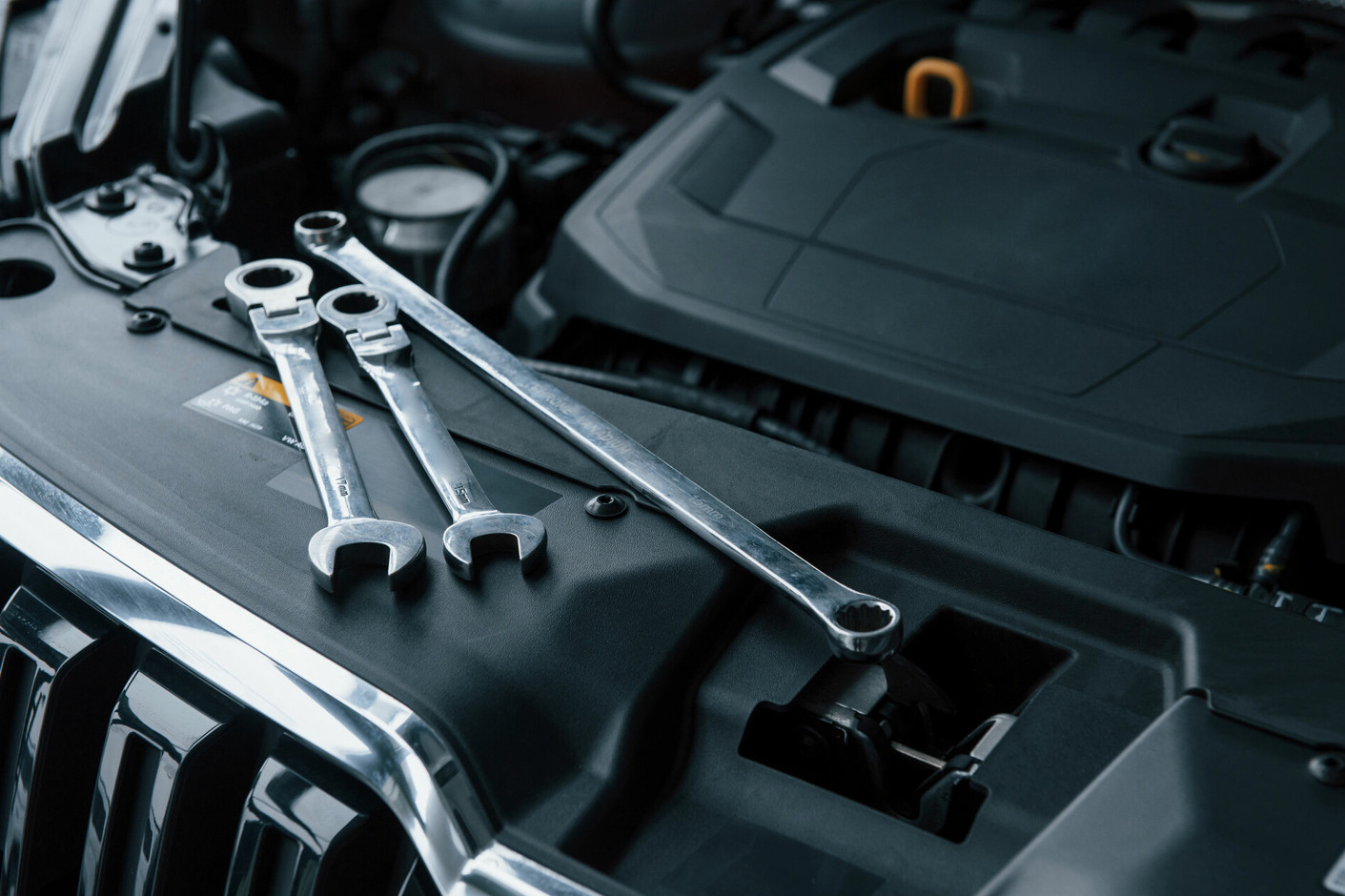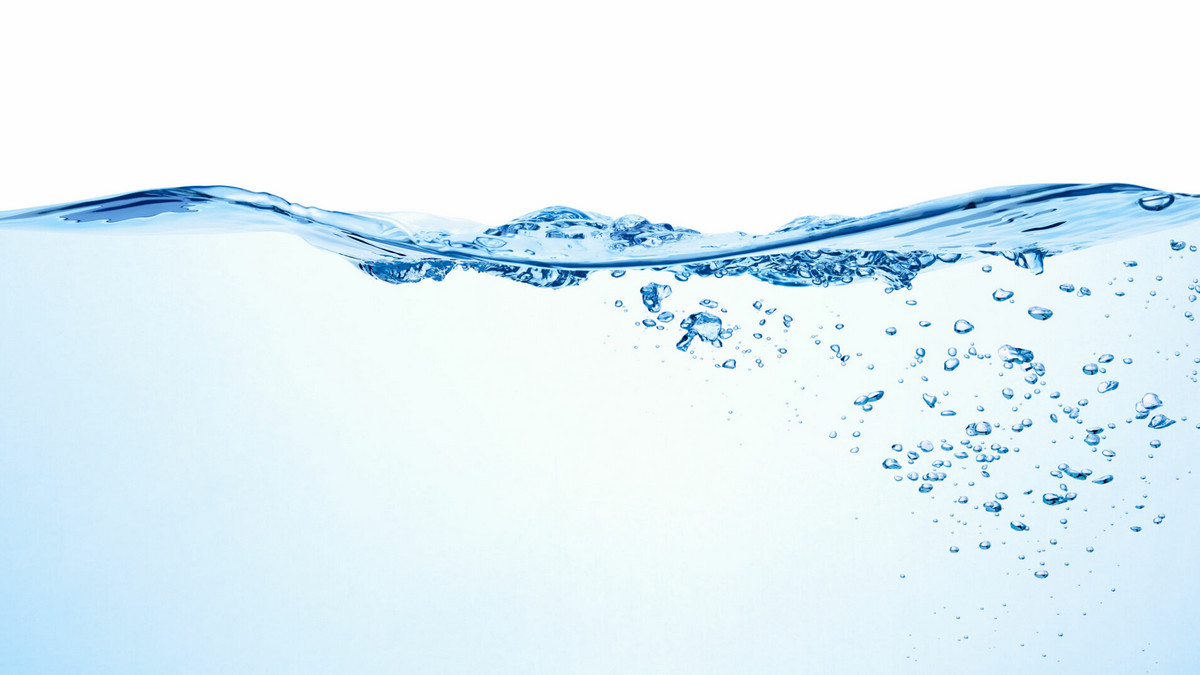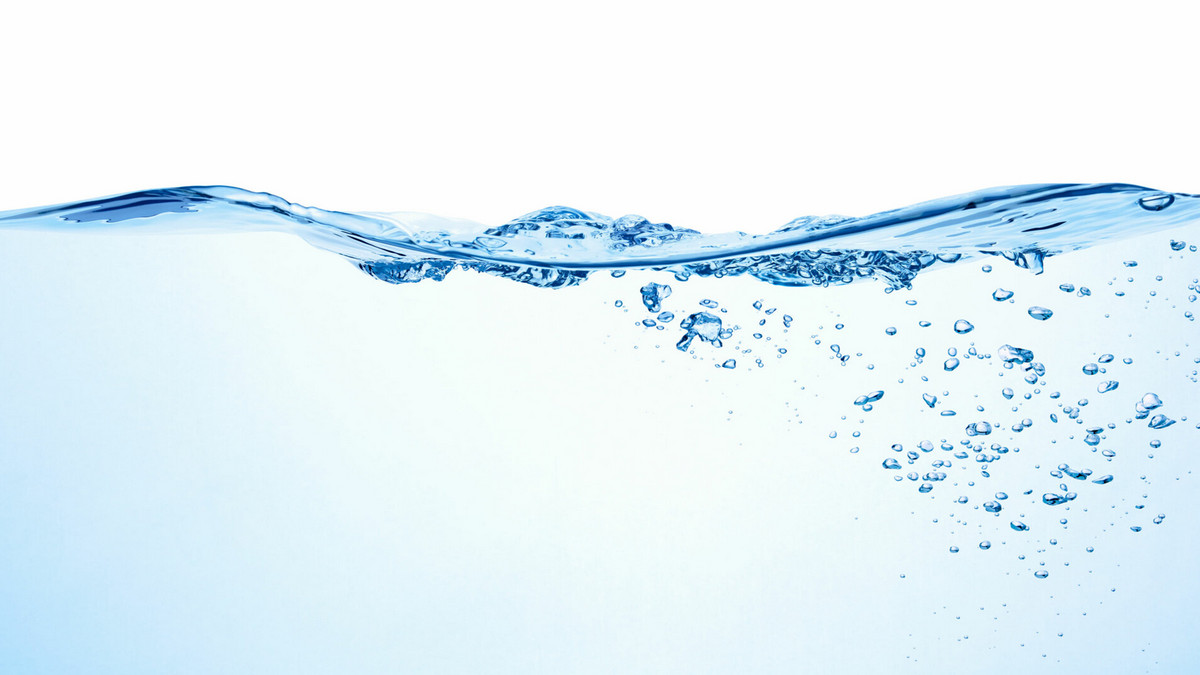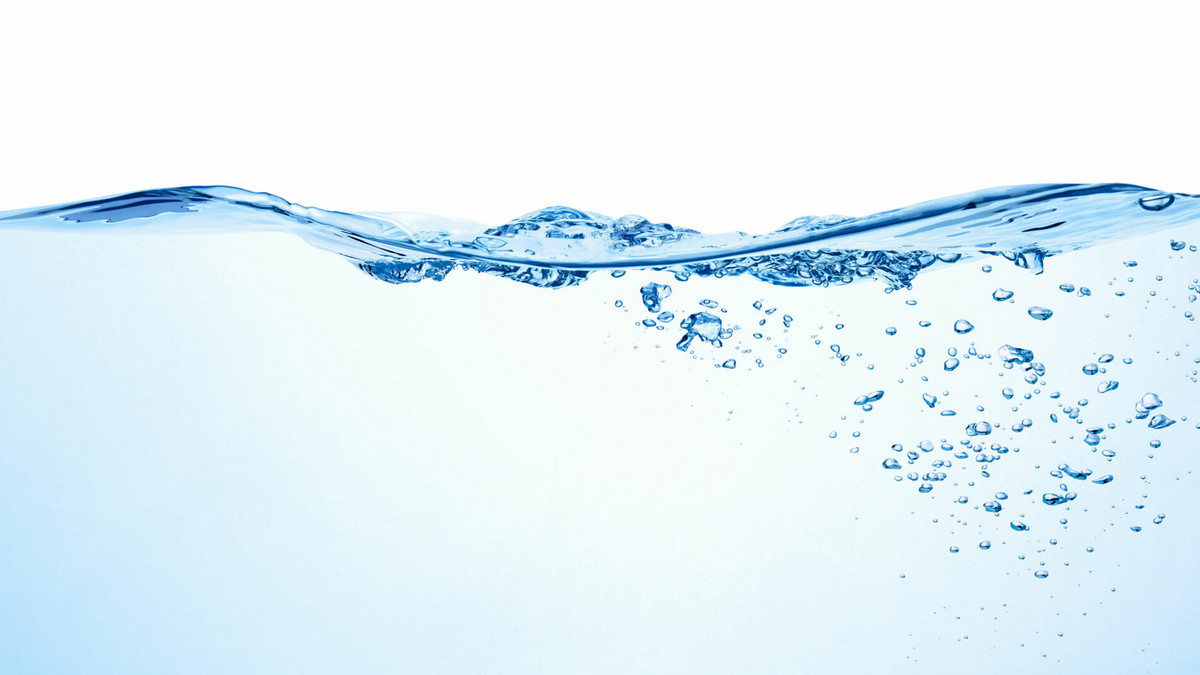The shortage of supply in the PMIC market is expected to continue. The key lies in the increase in the supply side. In the future, we should continue to observe the changes in the general environment.
The Basics of Power Conversion:
The selection of power management components is highly dependent on the power input and output conditions of the application itself. The selection of the appropriate power management components depends on the input and output conditions of the application. First, determine the voltage difference (VIN-VOUT) between the input and output. Second, specific application requirements, such as efficiency requirements, thermal constraints, noise tolerance, system complexity, cost, etc., must be considered to determine the most suitable power supply solution.
Is the input power AC or DC? Is the desired output voltage higher or lower than the input voltage? What is the load current? Does the system need a dynamically adjusted load current? Based on the special requirements of different applications, different power conversion components will be selected.
Selection Criteria for Power Management ICs (PMIC):
PMIC (Power Management IC), also known as power management IC, is a special-purpose integrated circuit whose function is to manage power for the main system. PMICs are often used in devices that use batteries as power sources. Since such devices generally have more than one power source, the system requires multiple power sources of different voltages, and the charge and discharge of the battery need to be controlled, meeting such requirements traditionally will take up a lot of time. Less space, while increasing product development time, thus creating the emergence of PMIC.
The main function of the PMIC is to control the flow and direction of electricity to meet the needs of the system. Select and distribute power to various parts of the system from multiple power sources, such as providing multiple power sources with different voltages and charging the internal battery. Because most of the systems used are powered by batteries, they use designs with high conversion efficiency to reduce power loss. When designing, the first consideration is the input-to-output voltage difference (VIN - VOUT). The application's specific needs, such as efficiency, thermal constraints, noise, complexity, and cost, must all be considered when selecting the best power solution.
A power management IC (PMIC) is an integrated circuit that contains multiple power rails and power management functions within a single chip. PMICs are often used to power small battery-operated devices because integrating multiple functions into a single chip allows for more efficient use of space and system power. Features typically integrated into a PMIC include voltage converters and regulators, battery chargers, battery fuel gauges, LED drivers, real-time clocks, power sequencers, and power control. Low-power PMICs provide efficient and compact form factors required for space-constrained applications such as wearables, wearables, sensors, and IoT devices. High-performance PMICs maximize performance per watt while improving system efficiency on compute-intensive platforms such as SoCs, FPGAs, and application processors.
When the IC object needs the main body to assist the operation, it needs a stable supply from the voltage. Priority must be given to the stability of the voltage and whether the supply needs to be stepped down or boosted. Then give the energy to work. The operation of the entire platform comes from the control management system.
View the Power Architecture and Power Management Components:
When VOUT is less than VIN, the required output current and the VIN/VOUT ratio are important factors in choosing a low dropout linear regulator (LDO) or step-down converter (Buck). Low dropout linear regulators (LDOs) are ideal for applications requiring low noise, low current, and a low VIN/VOUT ratio. Low dropout linear regulators (LDOs) regulate the output voltage by controlling the conduction of the pass element in a linear fashion. Linear regulators provide accurate and noise-free output voltages that respond quickly to load changes at the output. However, linear regulation means that the voltage difference between the input and output times the average load current is the power dissipated by the pass element of the linear regulator, which is Pd = (VIN - VOUT) * ILOAD. Both high VIN/VOUT ratios and high load currents result in excessive additional power losses.
Low dropout linear regulators (LDOs) with higher power consumption require larger package sizes, which increase cost, PCB space, and thermal energy consumption. When LDO power dissipation exceeds ~0.8W, it is wiser to switch to a buck converter as an alternative. When choosing an LDO, consider the range of input and output voltages, the current level of the LDO, and the heat dissipation capability of the package. The LDO voltage drop refers to the minimum voltage of VIN - VOUT within the adjustable range. In micropower applications, where the LDO quiescent current, IQ, must be low enough to reduce unnecessary battery drain if the application needs to be powered by a single battery for many years. Such applications require special low-dropout linear regulators (LDOs) with low quiescent current IQ. A buck converter is a switching buck converter that provides high efficiency and flexible output at higher VIN/VOUT ratios and higher load currents. Most buck converters contain an internal high-side MOSFET and a low-side MOSFET that acts as a synchronous rectifier, controlled by an internal duty cycle control circuit to control the alternating ON/OFF the two to regulate the average output voltage. Noise caused by switching can be filtered by an external LC filter.
Since the two MOSFETs are alternately ON or OFF, the power consumption is very small. By controlling the duty cycle, an output with a larger VIN/VOUT ratio can be produced. The on-resistance RDS (ON) of the internal MOSFET determines the current handling capability of the buck converter, while the voltage rating of the MOSFET determines the maximum input voltage. The switching frequency and the external LC filter components together determine the magnitude of the ripple voltage at the output. The filter components used in a buck converter with a higher switching frequency can be smaller, but the power consumption caused by switching will increase. Buck converters with pulse skipping mode (PSM) reduce their switching frequency at light loads, thereby increasing the efficiency at light loads, which is important for applications requiring low-power standby mode.
Boost converters are used in applications where VOUT is higher than VIN. A boost converter boosts the input voltage to a higher output voltage. The principle of operation is that the inductor is charged through the internal MOSFET. When the MOSFET is turned off, the inductor is discharged through the rectifier to the load. Charging and discharging the inductor reverses the inductor voltage, raising the output voltage above VIN. The ON/OFF duty cycle of the MOSFET switch will determine the boost ratio VOUT/VIN, and the feedback loop also controls the duty cycle to maintain a stable output voltage. The output capacitor is a buffer element used to reduce the output voltage ripple. The current rating of the MOSFET and the boost ratio together determine the maximum load current, while the voltage rating of the MOSFET determines the maximum output voltage. Some boost converters will integrate the rectifier with MOSFET to achieve the effect of synchronous rectification.
Buck-boost converters are used in applications where the input voltage may vary, either below or above the output voltage. The four internal MOSFET switches automatically configure as a buck converter when VIN is above VOUT, and switch to boost operation when VIN is below VOUT. This makes the buck-boost converter ideal for battery-powered applications, especially when the battery voltage is lower than the regulated output voltage, extending battery life. Because the switching buck-boost converter is a fully synchronous mode of operation, higher efficiencies are achieved. The output current capability in buck mode is higher than in boost mode. Because under the same load conditions, the boost mode and the buck mode require higher switching current compared to the former. The voltage rating of the MOSFET will determine the maximum input and output voltage range. In applications where the output voltage does not need to be referenced to ground, such as LED drivers, a buck-boost converter with only a single switch and rectifier can be used. And in most cases, the output voltage is referenced to VIN.
The Challenges for PMIC System Design:
- Manage power paths between multiple input power sources, batteries, and loads.
- Minimize heat problems.
- Maximize efficiency (ie, charge high-capacity batteries).
- Maximize the current from the USB port (2.5W available).
- Minimize solution pin footprint and height.


